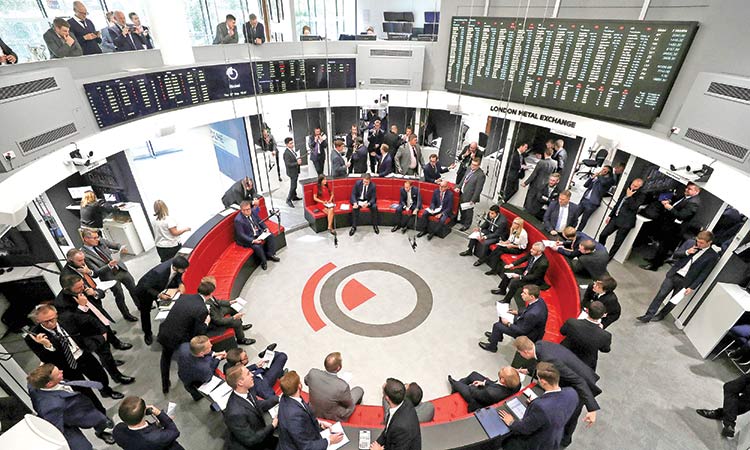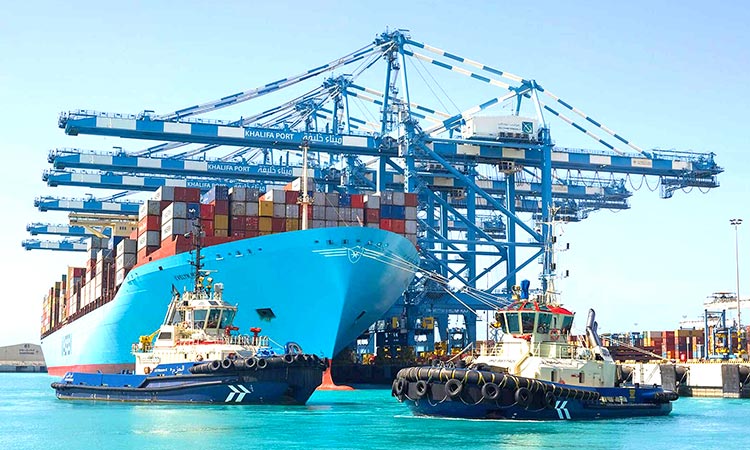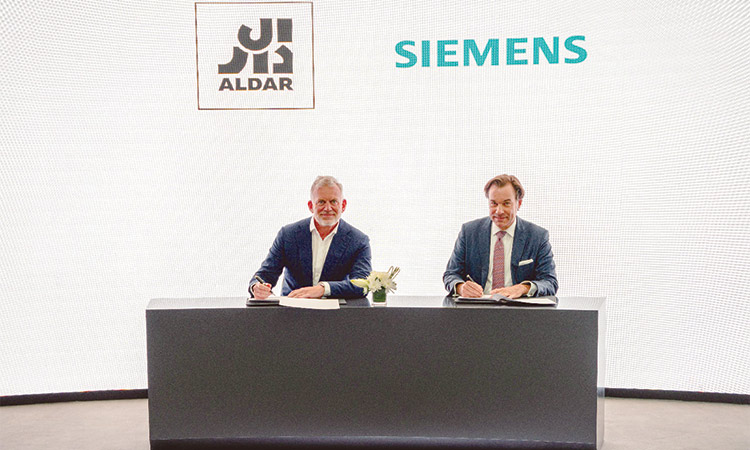LME’s storage problems to badly affect tin markets

Traders at the London Metal Exchange in UK. Reuters
That’s the question at the heart of the LME’s latest public discussion paper on its troublesome warehouse network.
It’s the seepage of aluminium into cheaper off-market “shadow LME” storage that has driven the debate.
But the LME might also care to look at its tin contract, where the process appears to be most advanced. Exchange stocks are desperately low. Time-spreads are in near permanent backwardation.
London tin traders have learnt to navigate the contract’s liquidity gaps in terms of physical settlement, although it’s getting harder judging by last week’s events.
But if, as the LME notes, “many market participants would welcome a higher-stock environment” as a way of boosting both transparency and liquidity, it might be worth asking someone in the tin industry.
Tin’s a small market. Global usage in 2017 was 362,500 tonnes, most of it going into semi-conductor soldering, chemicals and plating, according to the International Tin Association.
But even against that yardstick, LME-registered tin stocks of 955 tonnes are extremely low, equivalent to just one day’s demand.
Depleted stocks have been a long-running theme on the LME tin market. Exchange inventory totalled 28,000 tonnes at the start of the decade but has since eroded almost completely.
A commodities text-book interpretation of that trend would be that tin is a market in long-term structural deficit.
Yet the price says otherwise.
LME three-month tin has both boomed and bust this decade, hitting a high of $33,600 per tonne in 2011 and a trough of $13,085 in 2016. It has more recently tracked a broad $18,000-22,000 sideways range, last trading around $20,300.
LME stocks have not told this fundamental story.
There’s no reason to think they are doing so now.
There’s always a way of “explaining” low LME tin stocks through a market prism such as the notoriously erratic shipments from Indonesia, the world’s largest tin exporter.
But the 8,000 tonnes of metal sitting in Shanghai Futures Exchange (ShFE) warehouses tell you there’s no acute global tin shortage right now.
Tightness on the LME, in other words, is primarily a function of the LME tin contract, particularly its chronically low stocks.
The tin industry, it seems, is not using the LME warehouse system to store its metal. Stocks may be sitting in what the exchange calls “shadow LME” storage, paying lower off-market rent but in or close to actual LME warehouses to facilitate warranting if required.
An added advantage of shadow warehousing is that premium brands of metal aren’t lost in the LME’s daily warrant churn, whereby what you sell one day is not necessarily what you get back the next.
A cash premium, or backwardation, across the LME time-spreads can sometimes winkle out such “shadow” stocks.
Witness the 325 tonnes of tin that were warranted in Baltimore over the last month. LME-registered stocks in that location had been zero since 2014. But there is obviously tin being stored in the city.
That Baltimore metal was likely drawn into the LME system by the most recent time-spread gyrations.
Turbulence has been concentrated on cash-date trading, where low stocks are directly impacting price discovery.
The LME has a set of rules governing the behaviour of what it terms “dominant longs”, entities with a sufficiently large position that they could squeeze the market. Whose position is dominant is measured against “live” LME stock in exchange warehouses. Which, in the case of tin, is hardly anything at all.
There were 10 “dominant” tin longs coming into last Monday’s April settlement date. Seven were holding positions in excess of 50 per cent of LME stocks and therefore subject to lending caps.
The player holding in excess of 90 per cent of stocks would have been required to lend metal for a day at no premium whatsoever.
However, the six entities holding between 50 and 80 per cent of stocks would have been able to lend at up to 0.5 per cent of the previous day’s cash price, or a little over $100 per tonne.
No surprise then that “tom-next”, the cost of rolling a short position overnight, traded out to precisely that level on Tuesday.
Such cash-date volatility is increasing as registered LME stocks shrink. “Tom-next” has hit $100 per tonne four times in the last month.
Reuters







